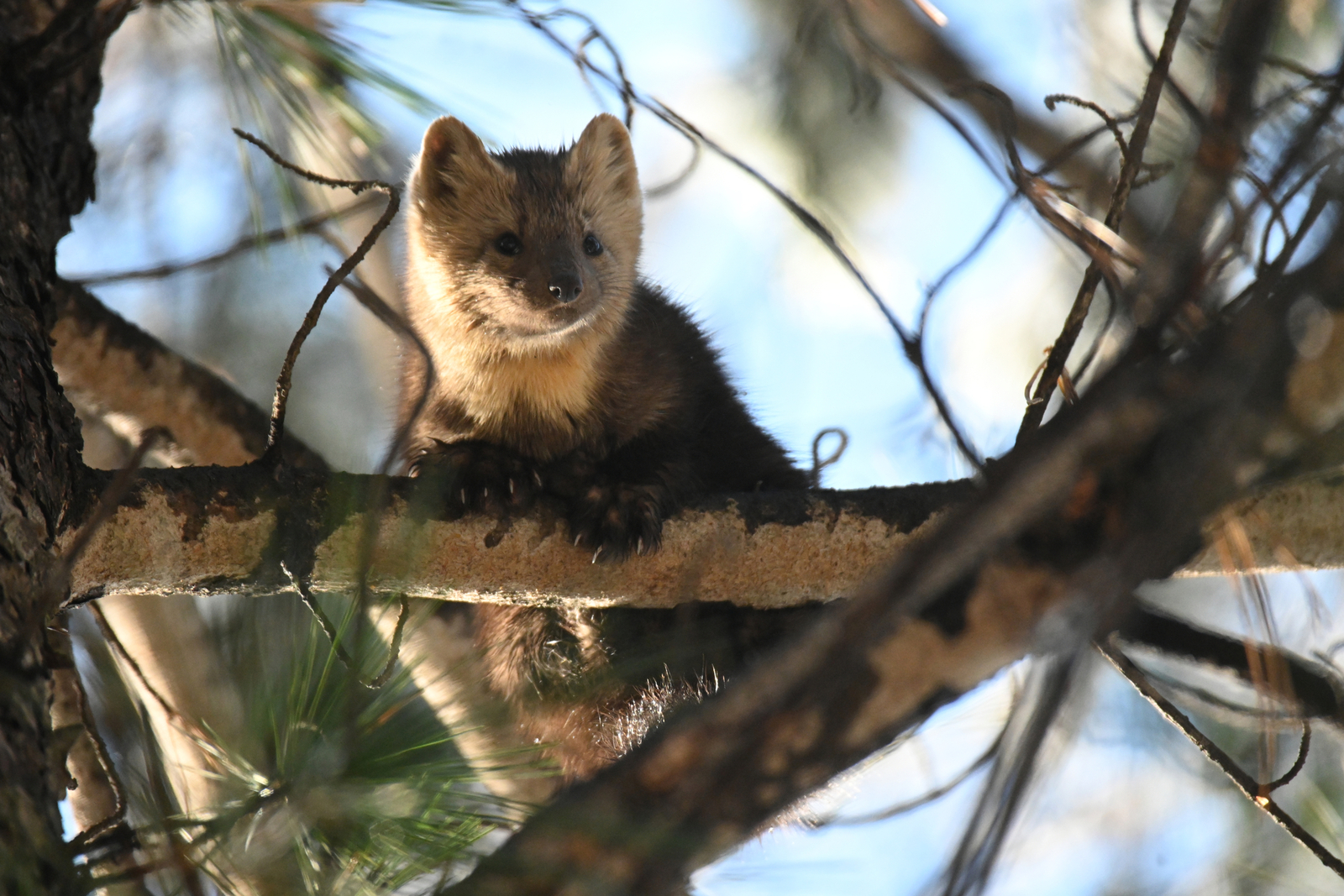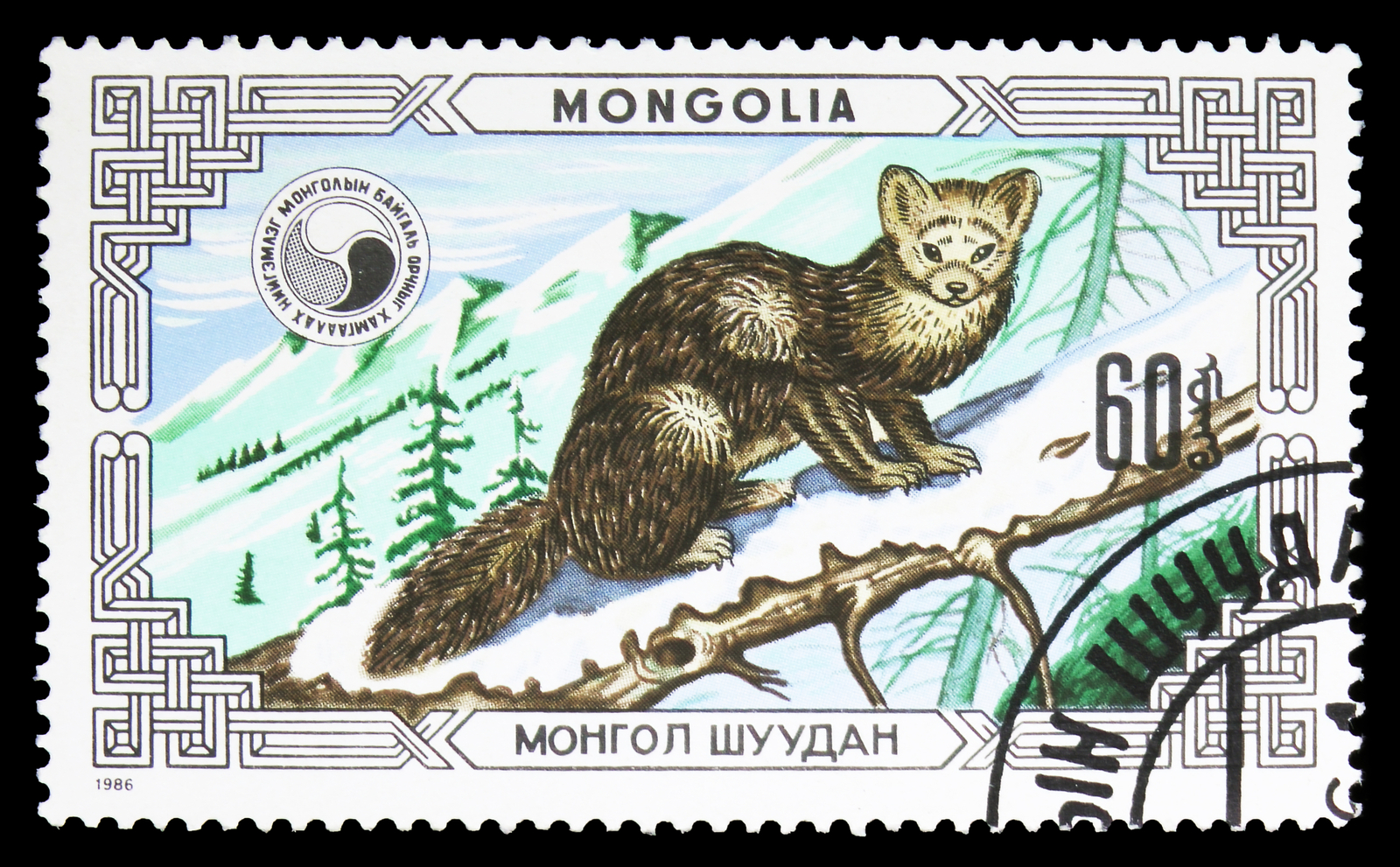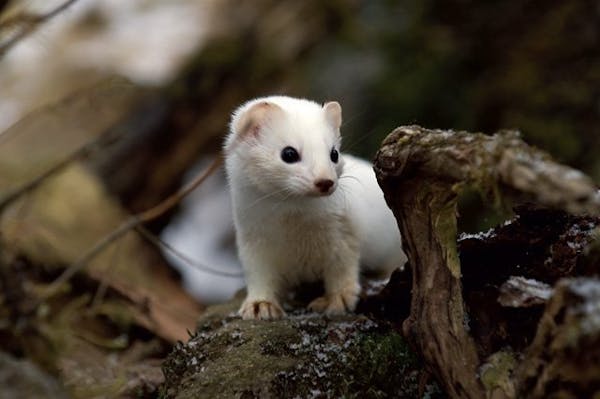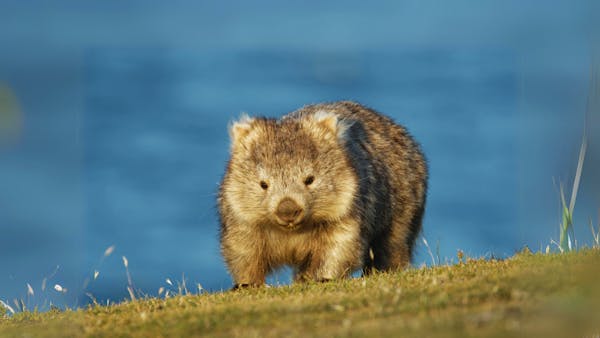Sable: Master of the taiga forests & conservation indicator
- Nature Conservation
- Land Conservation
- Iconic Species
- Wildlife
- Mammals
- Scandinavia & West Boreal Forests
- Subarctic Eurasia Realm
One Earth’s “Species of the Week” series highlights an iconic species that represents the unique biogeography of each of the 185 bioregions of the Earth.
Quick Facts
- Species: Sable (Martes zibellina)
- Range: Boreal forests across Russia, Mongolia, northern China, Japan
- Size: ~38–56 cm long, ~1.9–4 kg weight
- Diet: Small mammals in summer; berries, rodents, detritus in winter
- Role: Seed disperser and predator in the taiga ecosystem
Why it matters: As an indicator of taiga health, the sable signals changes in one of Earth’s largest forest systems—and thus matters for climate, biodiversity, and human livelihoods alike.
The sable (Martes zibellina) inhabits the vast boreal forests that stretch across Russia, Mongolia, northern China, and Japan, its thick coat perfectly suited for the harsh winters. These forests, dominated by towering spruces, pines, and Siberian cedars, create a rich yet challenging habitat where sables must traverse expansive terrain.
Often hidden in dens rooted near riverbanks, sables move swiftly across both land and snow, showcasing their mastery of this dense, frosted wilderness. Though the forests provide resources, they require agility and cleverness for survival—a challenge this iconic species meets with natural finesse.

The sable (Martes zibellina) is the iconic species of the Ural Mountains & West Eurasian Taiga Forests bioregion (PA8), located in the Scandinavia & West Boreal Forests subrealm in Subarctic Eurasia.
Fit for life in the forest
Sables are small mammals, measuring about 38 to 56 centimeters (15 to 22 inches) in length and weighing between 880 and 1,800 grams (1.94 to 3.97 pounds), with males generally larger than females. Their fur is renowned for being soft and luxurious, ranging in color from light white to deep, glossy brown, often marked by a lighter patch on the throat.
Unlike American martens, sables have elongated heads, large ears, and shorter tails, which accentuate their streamlined silhouette. In winter, their fur thickens, creating a strikingly full pelt that is not only beautiful but perfectly suited for the harsh Siberian cold.
A diet that shifts with the seasons
Adaptable in their feeding habits, sables consume a variety of food depending on availability. In summer, they hunt small mammals, such as mountain hares, using their sharp senses of hearing and smell. When winter sets in, berries, rodents, and even the occasional musk deer become staples in their diet. Opportunistic by nature, they may also scavenge the remains of wolf or bear kills, demonstrating an impressive adaptability that allows them to thrive year-round.

A sable sits on a tree branch in the taiga. Image credit: © Vladimir Chebanov | Dreamstime
Skilled hunters and cautious wanderers
The sable’s diet, which consists of small mammals and occasional birds, helps control prey populations within their habitat. Additionally, by consuming berries and dispersing their seeds, sables contribute to forest regeneration.
Through their balanced ecological presence, sables become an integral part of a web of interdependencies, supporting both plant and animal species. Their keen instincts for marking and defending territories also play a role in maintaining this balance, preventing overcrowding and resource depletion.
Solitary, territorial, and highly adaptable
Each sable claims and defends a home territory ranging from 4 to 30 square kilometers, with the size of the territory largely influenced by food availability and local geography. In winter, when food becomes scarce, they expand their range, traveling up to 12 kilometers per day in search of sustenance.
Although primarily active during dawn and dusk, they shift to daytime activities during the mating season. Their ability to hunt both on the ground and in trees, combined with an acute sense of hearing, makes them formidable hunters despite their small size.

A sable dawning its winter coat. Image credit: Tokumi, Animalia.bio
A playful yet fierce mating season
From June to August, males compete vigorously for mates, often engaging in both playful and intense displays to attract females. The actual mating process can last for hours, followed by delayed implantation, which allows females to time the birth of their young with seasonal resources.
Nests are typically hidden in tree hollows or burrows lined with moss and grass, where mothers give birth to litters that usually contain two or three young. The offspring remain with the mother for several weeks, weaning at around seven weeks and reaching maturity by age two.
Revered for their beauty and resilience
Throughout history, Indigenous cultures, particularly in Siberia, have regarded the sable as a symbol of elegance and endurance. Its fur has been highly prized in Siberian, Russian, and Mongolian cultures, and the sable itself is seen as an animal finely attuned to the demands of its environment. In certain traditions, the sable's pelt has symbolized high status and a connection to the natural world, often reserved for royalty and the most esteemed members of society.

A Mongolian stamp showcasing the sable. Image credit: © Alexander Mirt | Dreamstime
Threats from habitat loss and trapping
The sable’s striking fur has been both a blessing and a curse, attracting demand since the Middle Ages. While Russia now enforces stricter hunting regulations and fur farms exist to reduce pressure on wild populations, illegal trapping and poaching continue to pose significant threats.
Habitat loss, driven by deforestation, also fragments their territories, forcing them to adapt to shrinking and isolated environments. This disruption can affect mating patterns and limit access to crucial resources.
Conservation efforts remain vital to survival
Currently listed as Least Concern by the IUCN (last assessment in March 2015), sables benefit from conservation regulations across their native range, including the protection of prime habitats like the Barguzinsky Nature Reserve, established in the early 1900s specifically for the sable.
However, continued habitat protection and efforts to combat illegal poaching remain essential to ensure that these remarkable animals retain their place within the forests of Siberia.
By safeguarding their habitat, we not only protect a species but also preserve the intricate ecological network to which they belong—an ecosystem that depends on each member, even the small and elusive sable.
Support Nature Conservation.png?auto=compress%2Cformat&w=1440)



